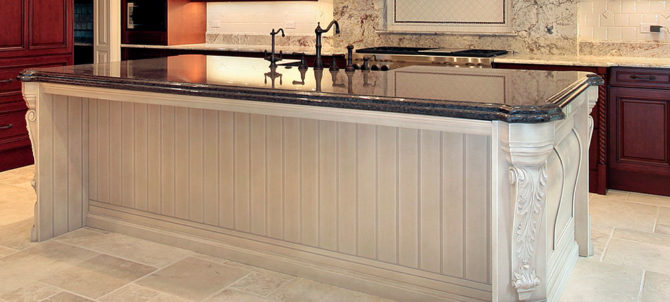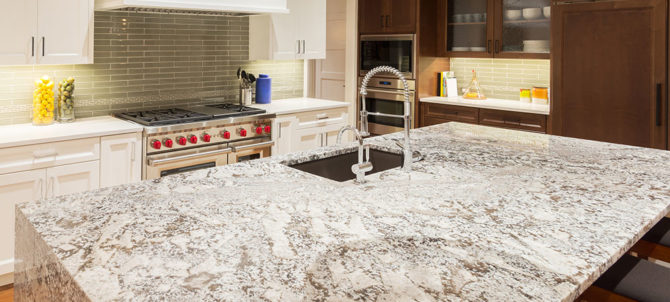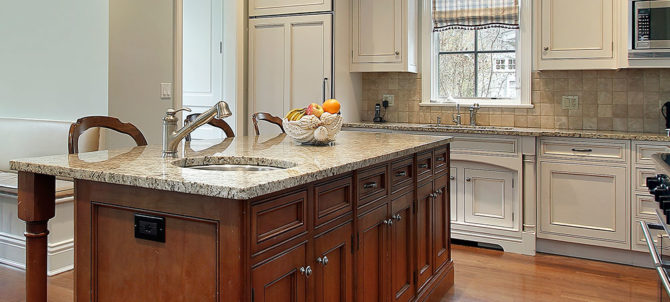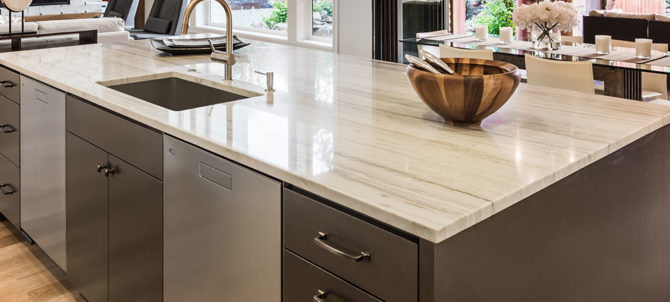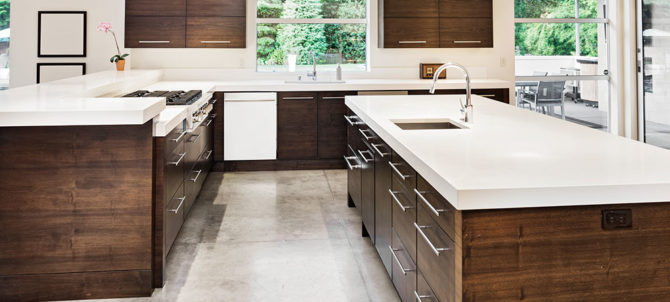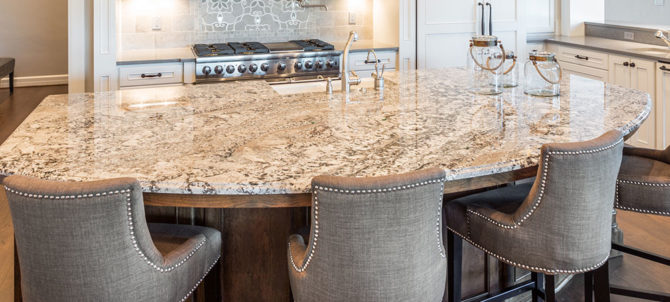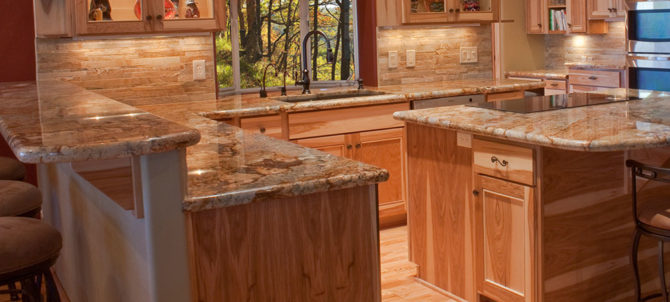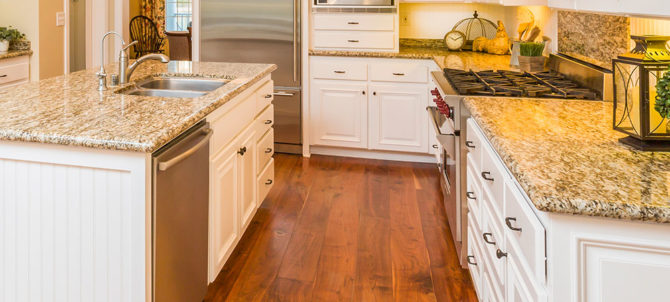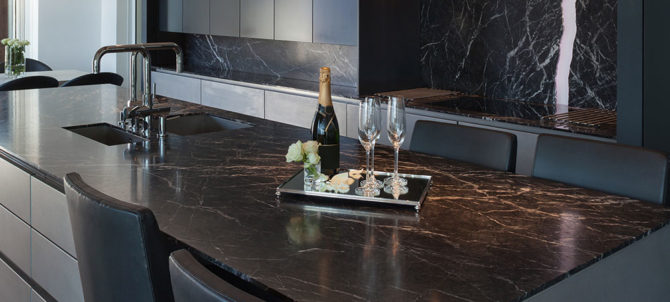
Having the correct kitchen countertop surfaces can be incredibly advantageous in the long run. For example, high-quality countertops bring significant worth to your life and help attract serious purchasers if you decide to sell your house later.
They also significantly increase the functionality of your kitchen. Cleaning up with high-performance kitchen countertop surfaces is a breeze, streamlining your everyday routine.
One of the most significant advantages of installing new kitchen countertops is that they can completely transform the appearance of your kitchen.
Your kitchen will look substantially better if you’ve invested in beautiful countertops. You don’t want your new countertops to look out of place, do you? To ensure this doesn’t happen, here are tips to keep your countertops in good shape:
Ensure the countertops are correctly installed
One of the simplest ways to keep your kitchen countertops in good condition is to hire an experienced professional to perform a proper installation.
Keep in mind that some kitchen countertop materials require high maintenance. If you’re not up to the task, it can be challenging to maintain your countertops.
As a result, it is essential to start by consulting an expert to determine which kitchen countertop material is most suited for your needs. You should also search for a kitchen renovation contractor with experience installing new worktops.
Ask someone you know who has recently installed high-quality countertops you admire for a referral.
You can also look online and read reviews to find a professional to install it properly. If you’re inclined to do the project yourself, you should reconsider because there is a severe learning curve.
The last thing you want to do is learn on the job. When done incorrectly, your kitchen countertops may become misaligned and have poorly sealed seams. You don’t want this, do you?
Improper installation might make keeping your countertops in good condition challenging due to uneven surfaces, discoloration, and peeling. As a result, if you want long-lasting countertops, investing in superior craftsmanship is worthwhile.
While this is the case, you should note that an experienced professional doesn’t come cheap. Due to this, you should be ready to spend some money. The beauty is that you will have excellent results.
Seal the countertops regularly.
If you’re lucky, your kitchen countertop materials won’t need you to apply surface sealant. However, if you have granite, wood, or concrete countertops, this is a prerequisite as it helps protect against scratches, stains, and drying out. Kitchen counters with porous surfaces can trap moisture if they’re not properly sealed, which causes all sorts of problems, such as the growth of bacteria.
This can negatively impact the function of your countertops because when you can’t correctly disinfect the surfaces, it might not be safe to use them for meal preparation.
On the other hand, sealed surfaces don’t absorb spills, and they are much easier to clean. Sealing them also prevents etching, which happens when things like lemon juice spill and you don’t immediately spill them.
Sealing makes countertops easy to clean and helps preserve the countertop’s natural surfaces. Typically, surfaces are best sealed during installation. That’s why it’s a good idea to use a professional for the installation; they know what type of sealant to use.
Besides sealing the countertops at the time of installation, you should also reseal them regularly, at least once yearly.
Protect the countertops from heat.
Keeping heat away from your countertops makes sense because it is harmful and warps materials. Heat causes materials to expand and then constrict when they cool. Repeated expansion and contraction can be detrimental to countertops.
While this is the case, you might be shocked by how many individuals believe it will make little impact. If you ignore these guidelines, your countertops may not look worn out today or tomorrow, but they will wear down faster.
The more susceptible the countertops are to heat, the more quickly they may be harmed.
To protect the surfaces, ensure that no direct heat gets into contact with the surfaces. This requires you to use trivets when placing hot pans on the surface. While you’re at it, use a cutting board rather than slicing right on the kitchen countertop. This will allow you to avoid persistent and ugly scratches.
Clean the countertops with the suitable materials.
If you follow the proper cleaning procedures, your countertops will remain in excellent shape for a long time. One of the most effective preventative methods for maintaining the appearance of your kitchen countertop materials is to clean spills as soon as they occur.
This prevents stains from accumulating on your surfaces, which are difficult to remove. Even if you invest in a spill-resistant material, it is still possible for the material to absorb the spill over time.
Watch out for acidic substances, as they can be harmful to most kitchen countertops. As a result, act swiftly when dealing with low-pH spills.
This contains acids such as lemon, citric acid, and vinegar. In any case, keep your counters dry and wipe them down often to remove any moisture.
Using abrasive items on most kitchen countertop surfaces is a bad idea. Tools like steel wool are prone to scratching the surfaces, giving them an ugly appearance.
Typically, You can keep your countertops looking neat and clean using a simple cleaning solution and a microfiber cloth.
A microfiber cloth, in particular, can work wonders because it is incredibly absorbent and excellent at removing grime. Use mild cleaning because harsh chemicals or acidic cleaners might cause more harm than good.
Parting shot
These are some tricks you can use to keep your granite countertops Durham or any other ones in top shape. Remember that taking good care of your countertops keeps them in top shape and good-looking and saves you money, as you don’t need to replace the counters after a few months or years.
